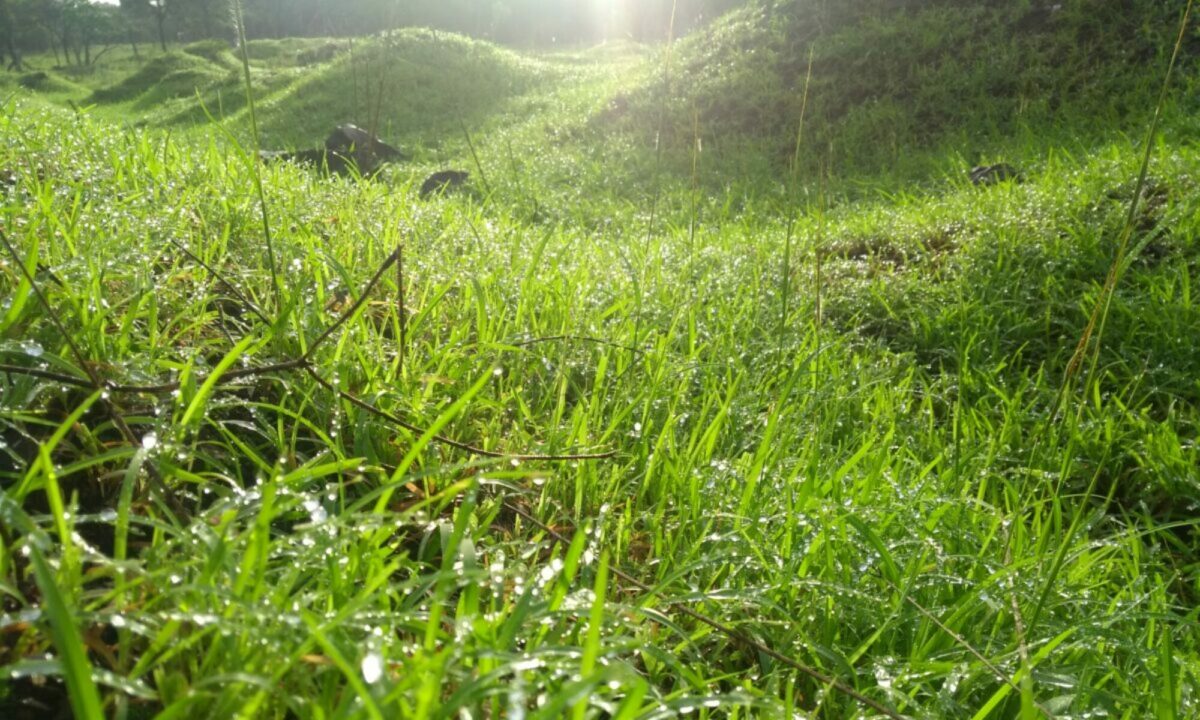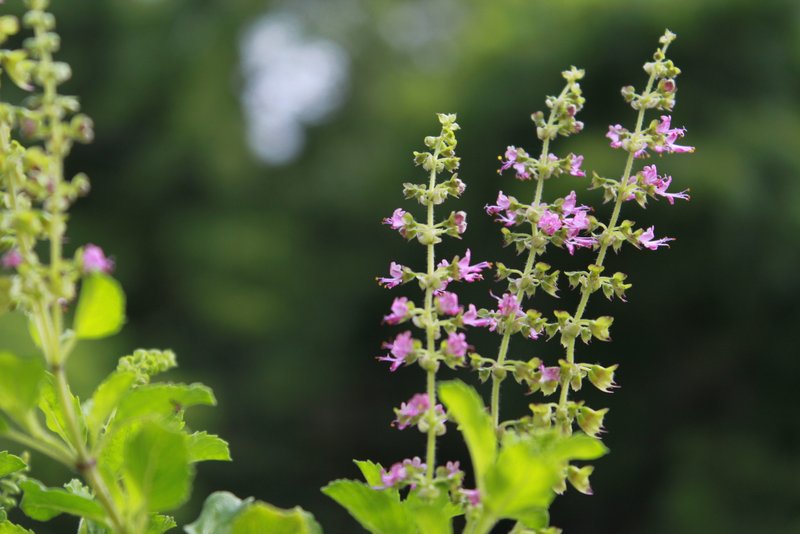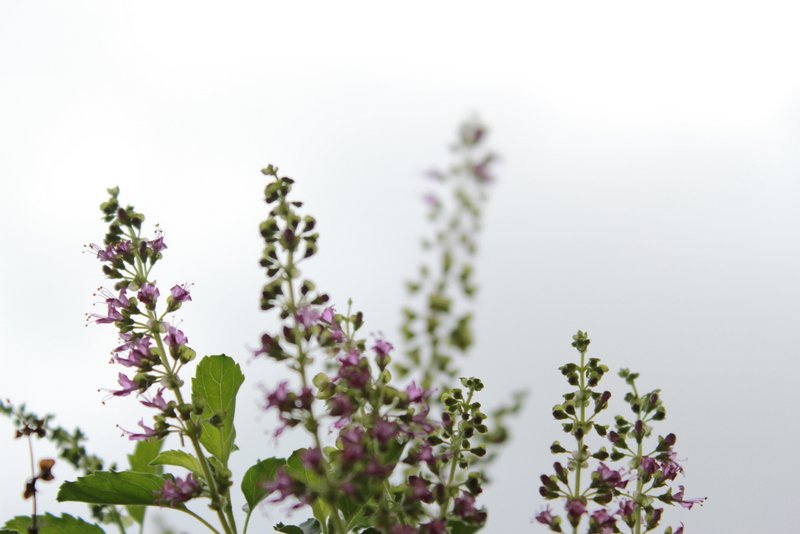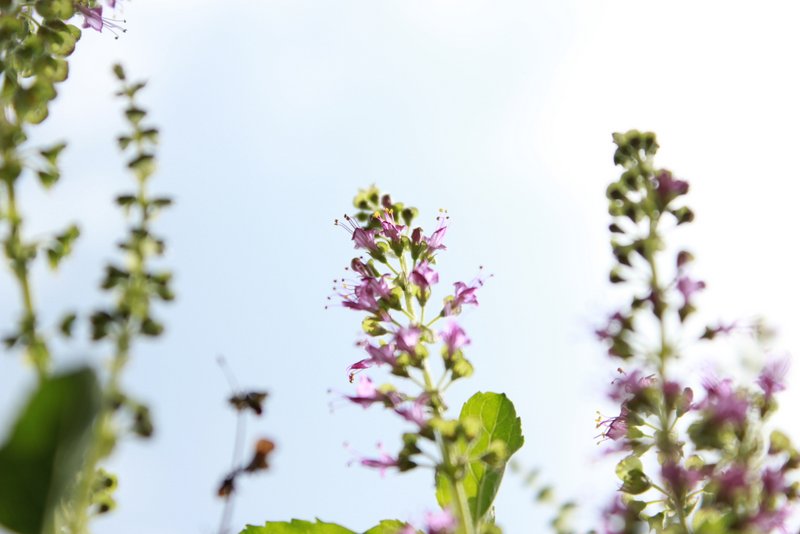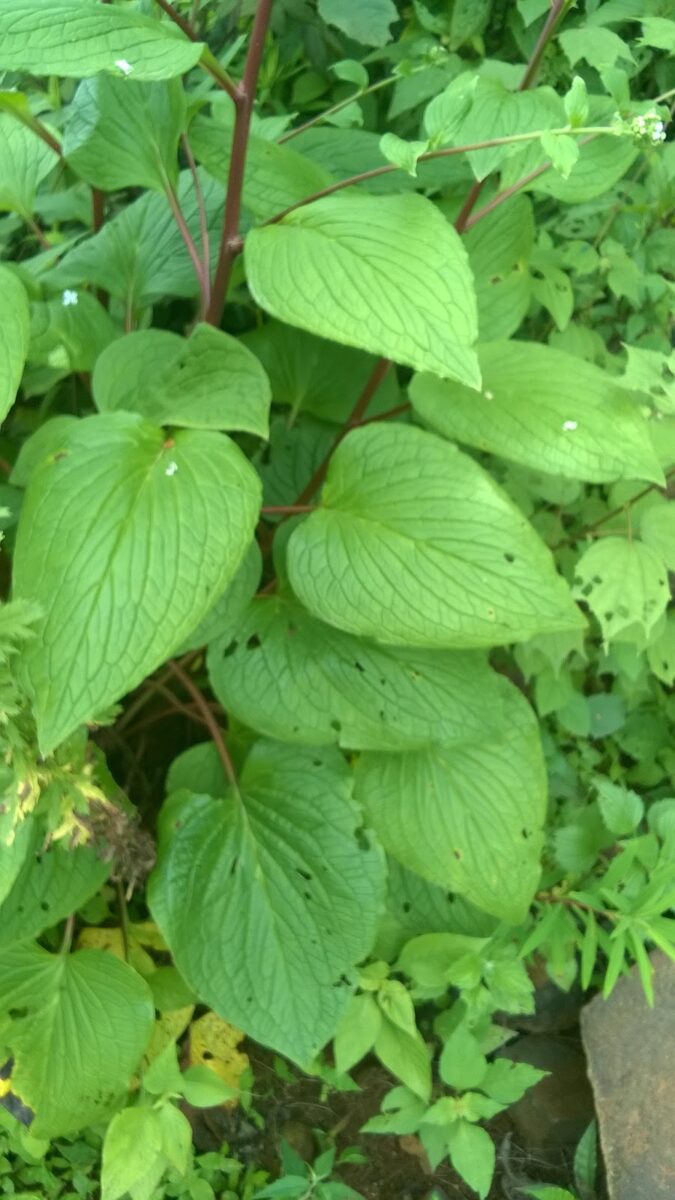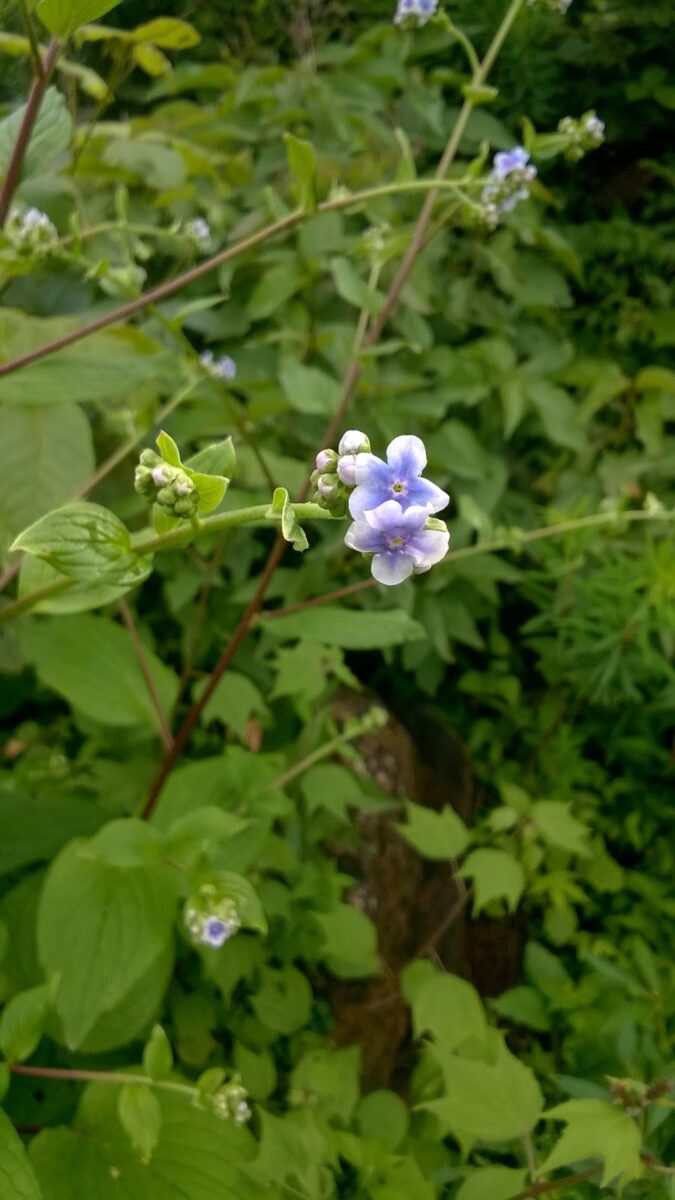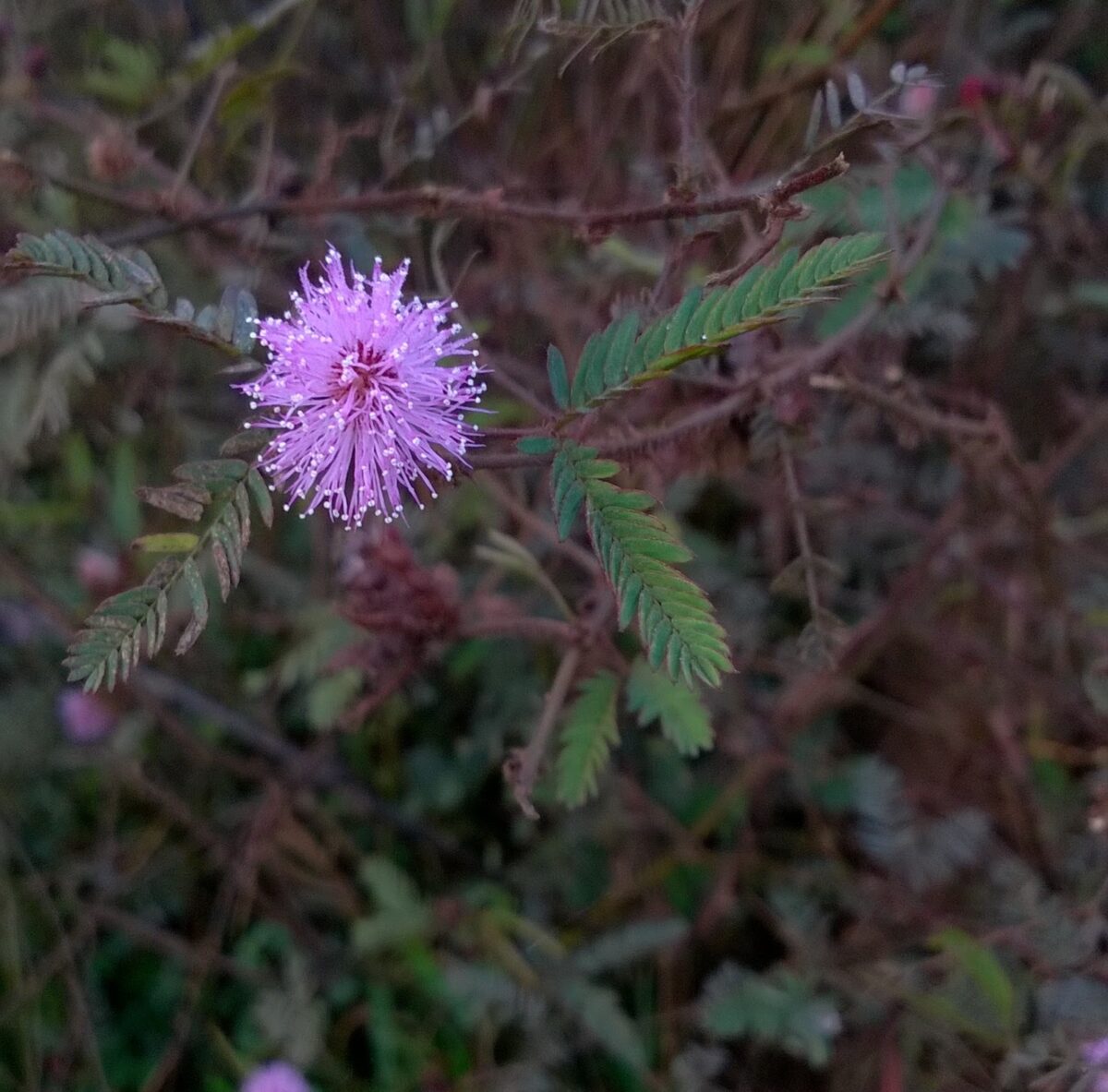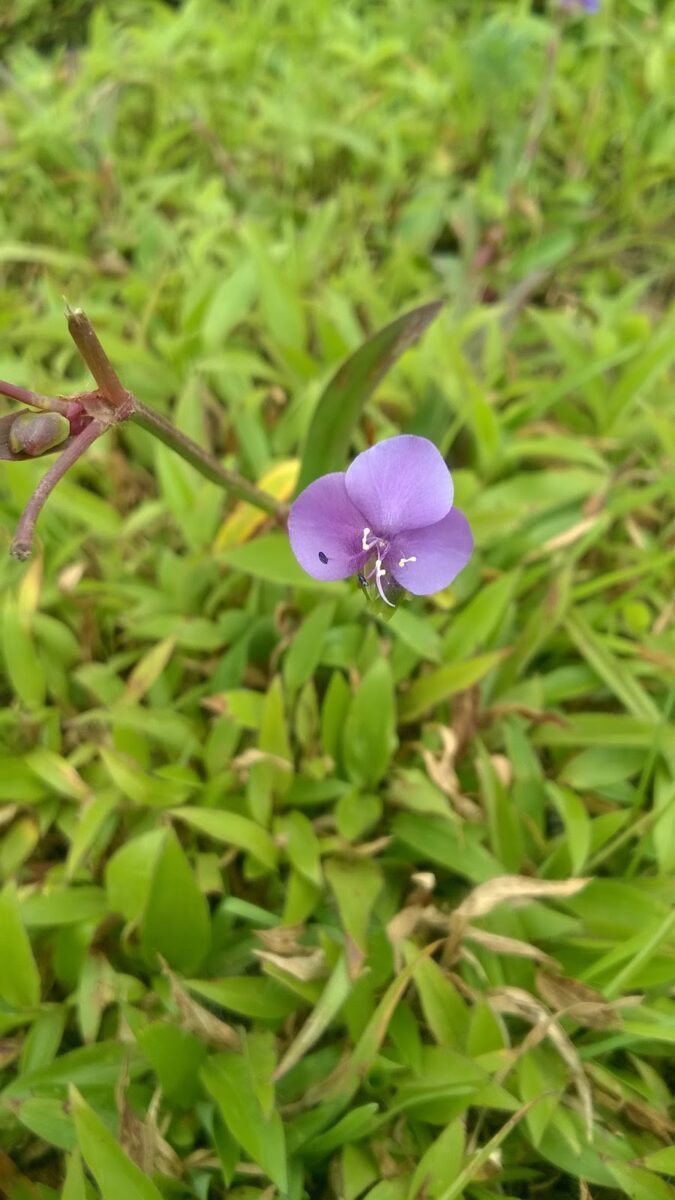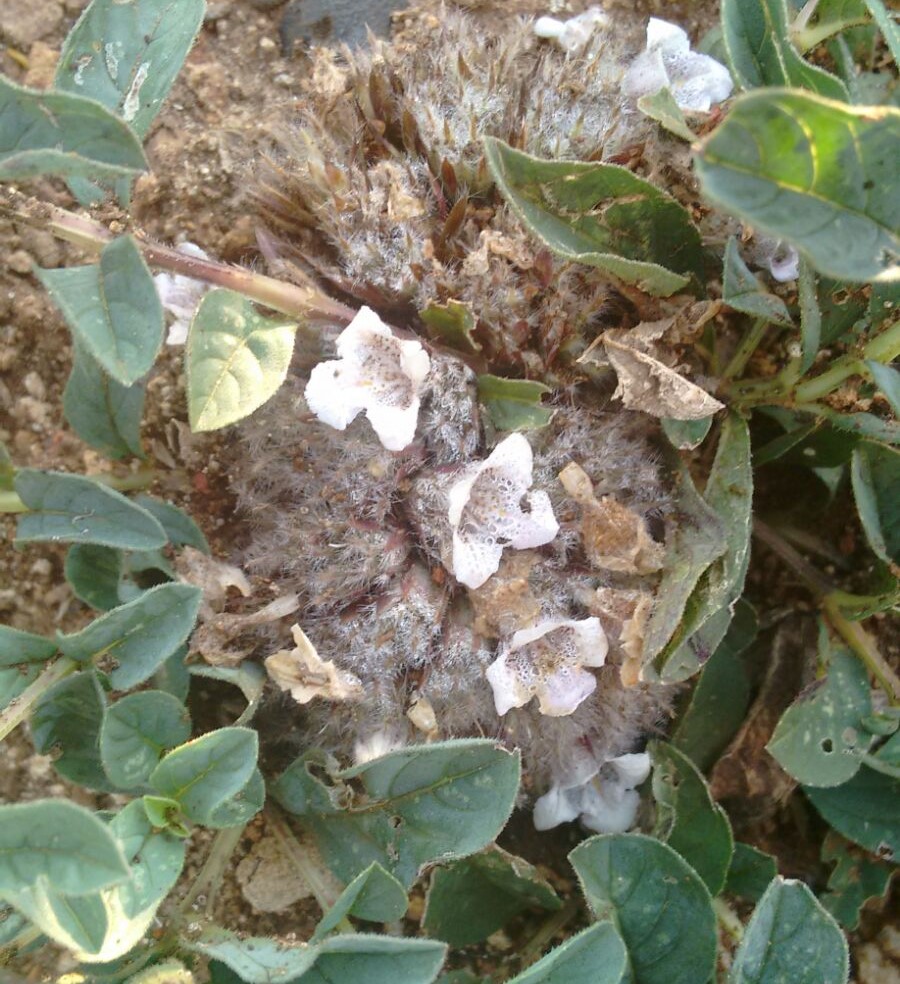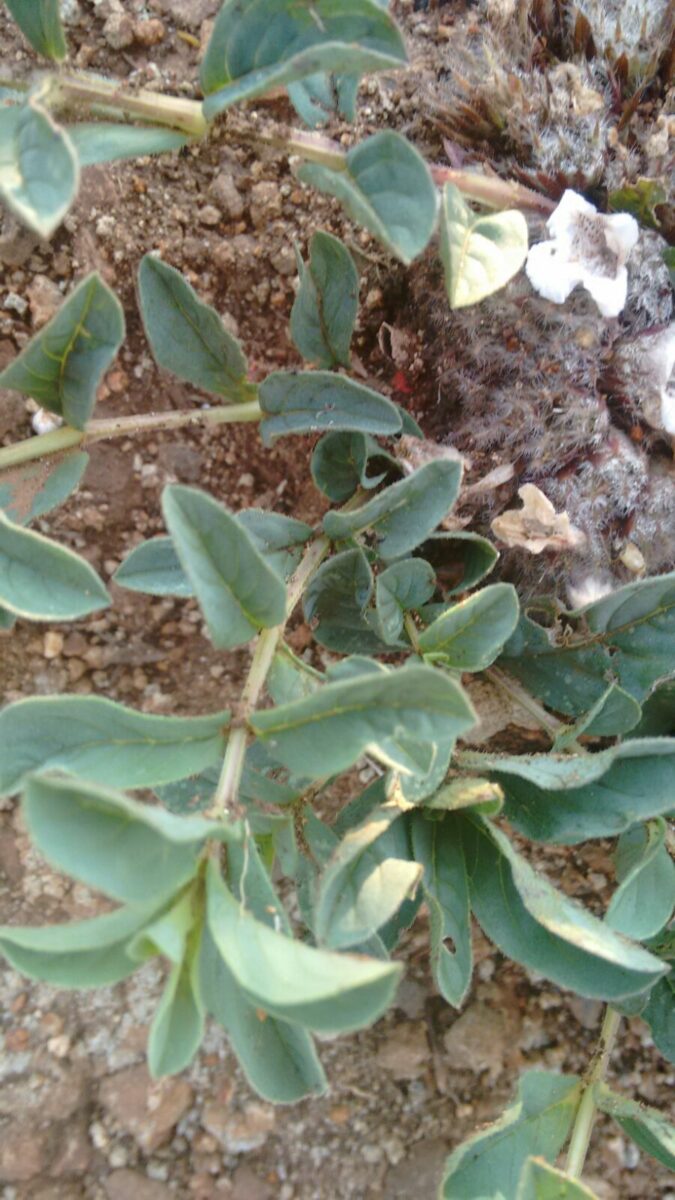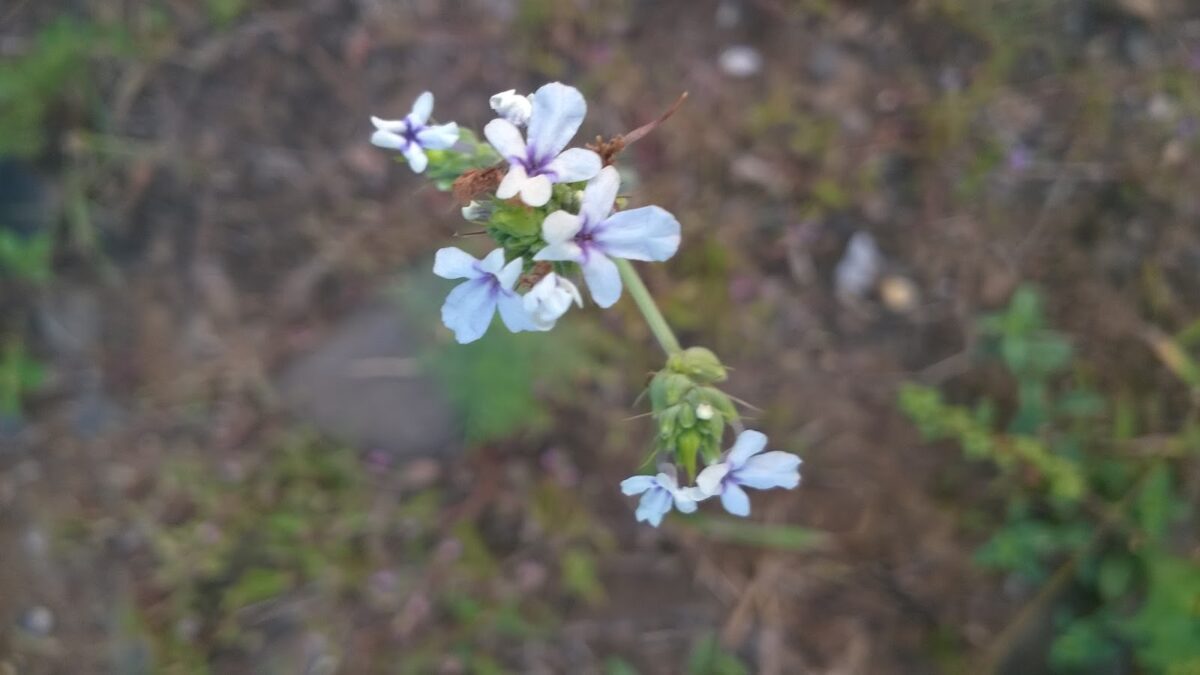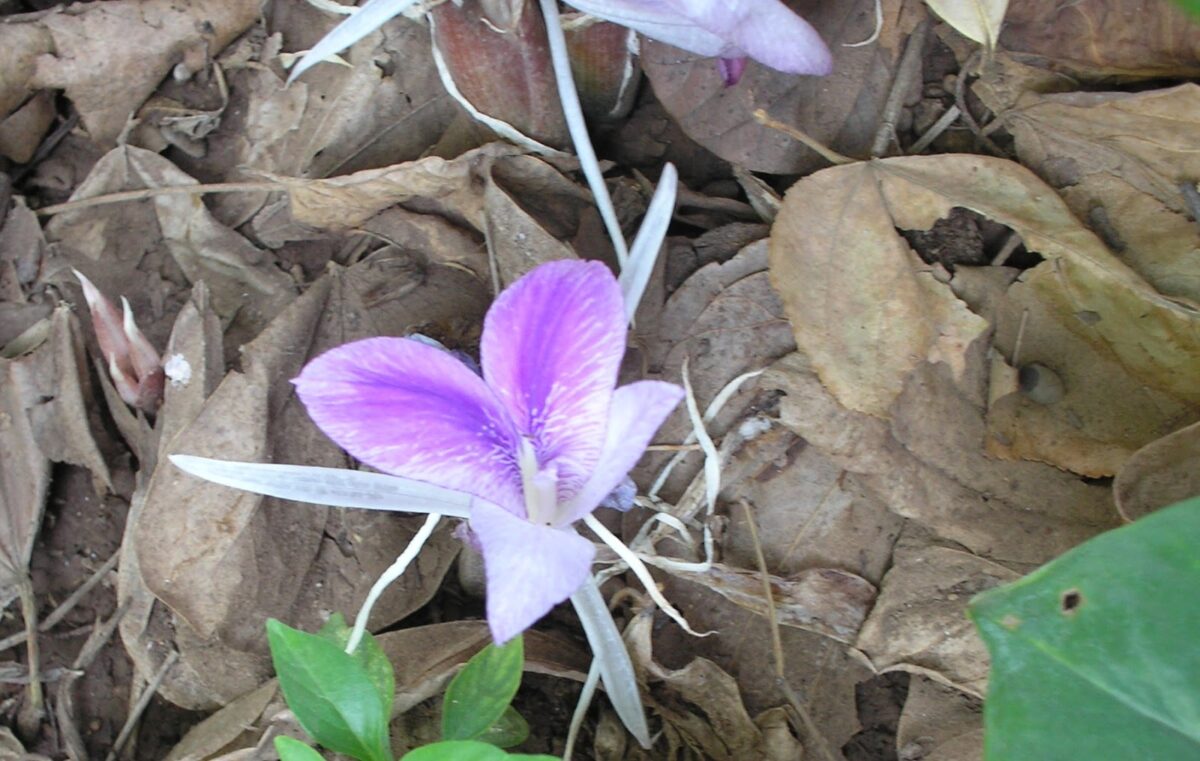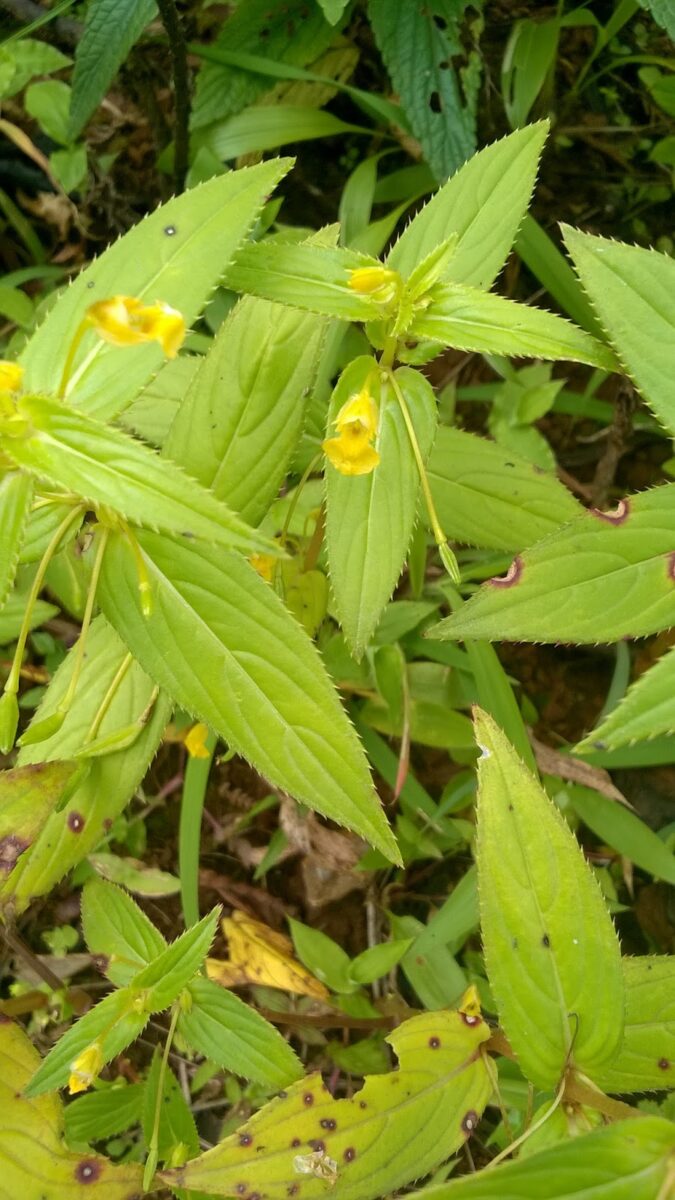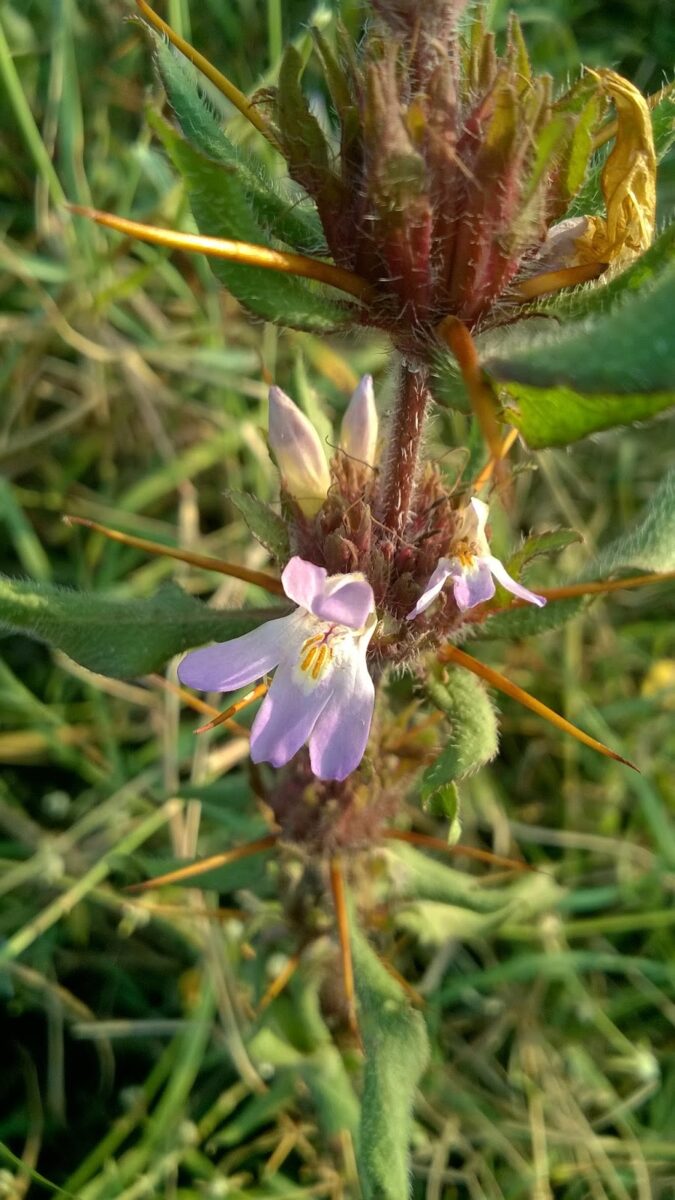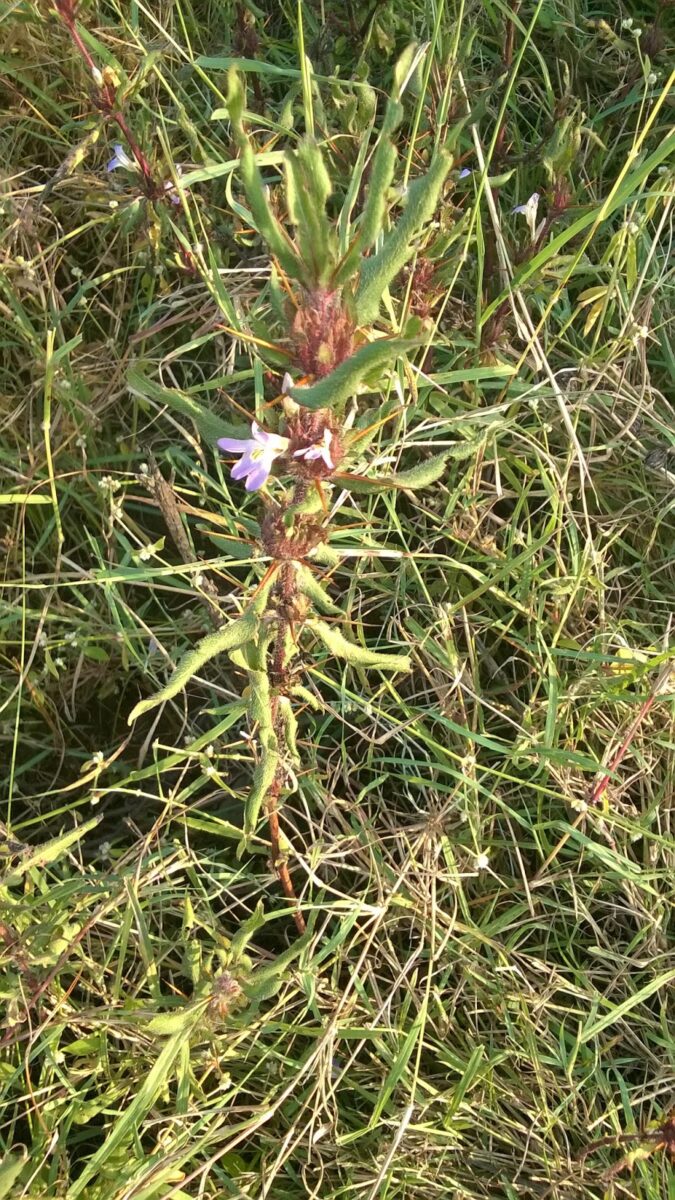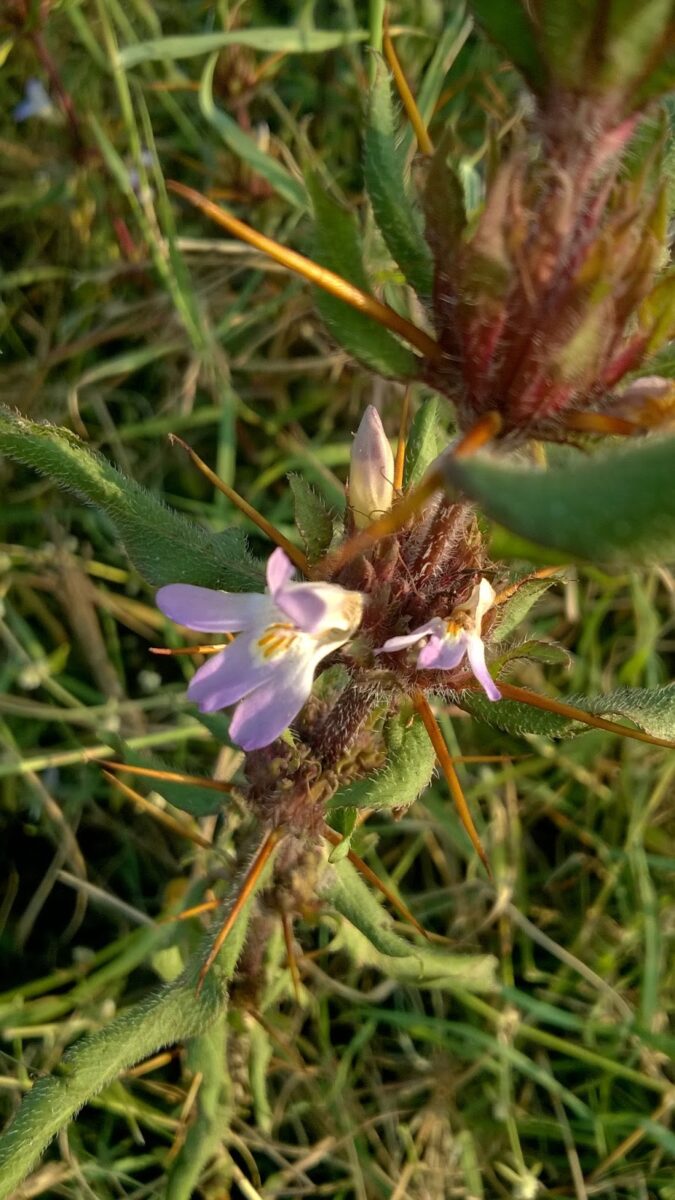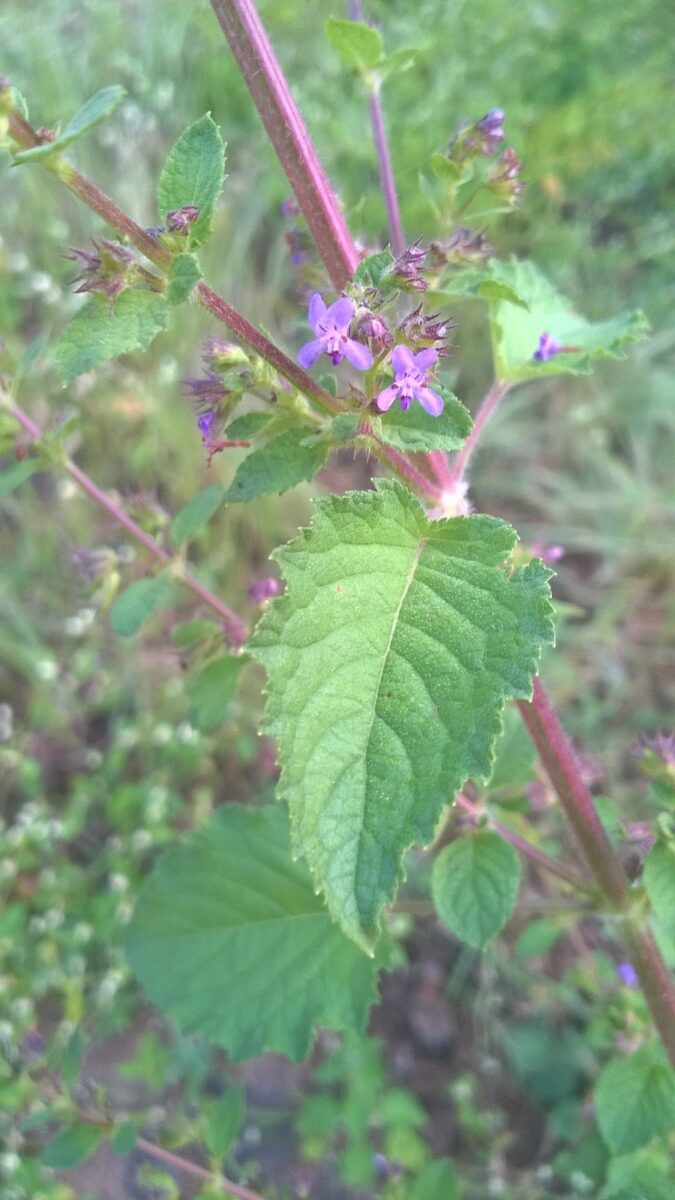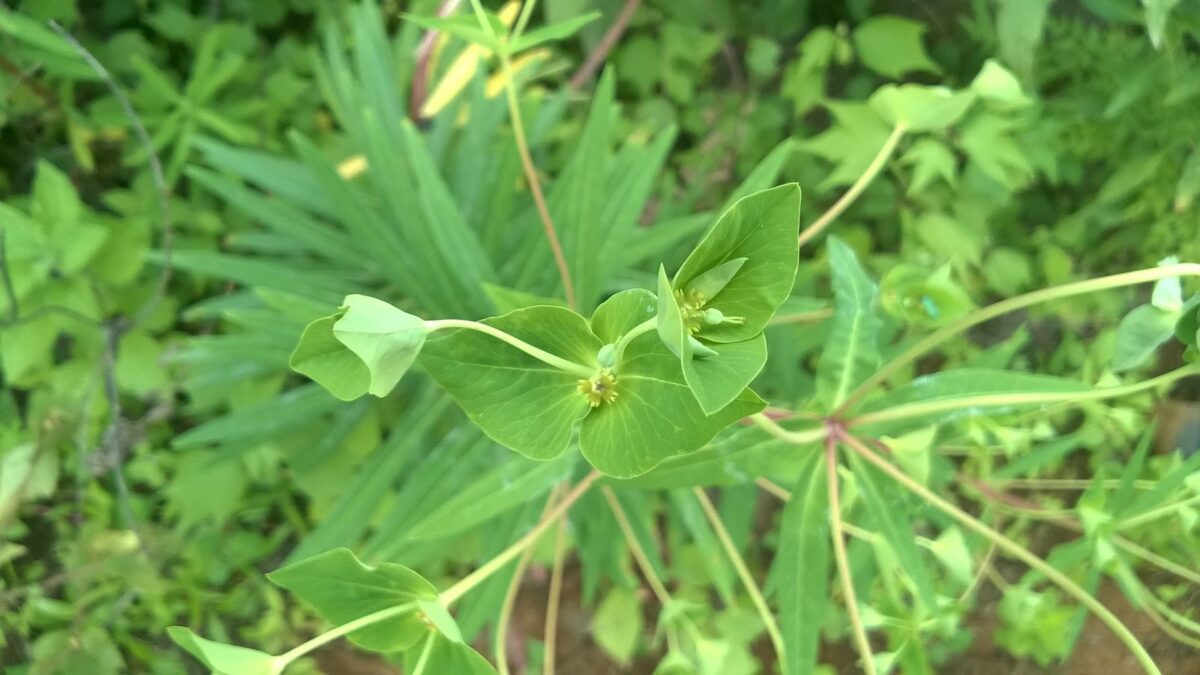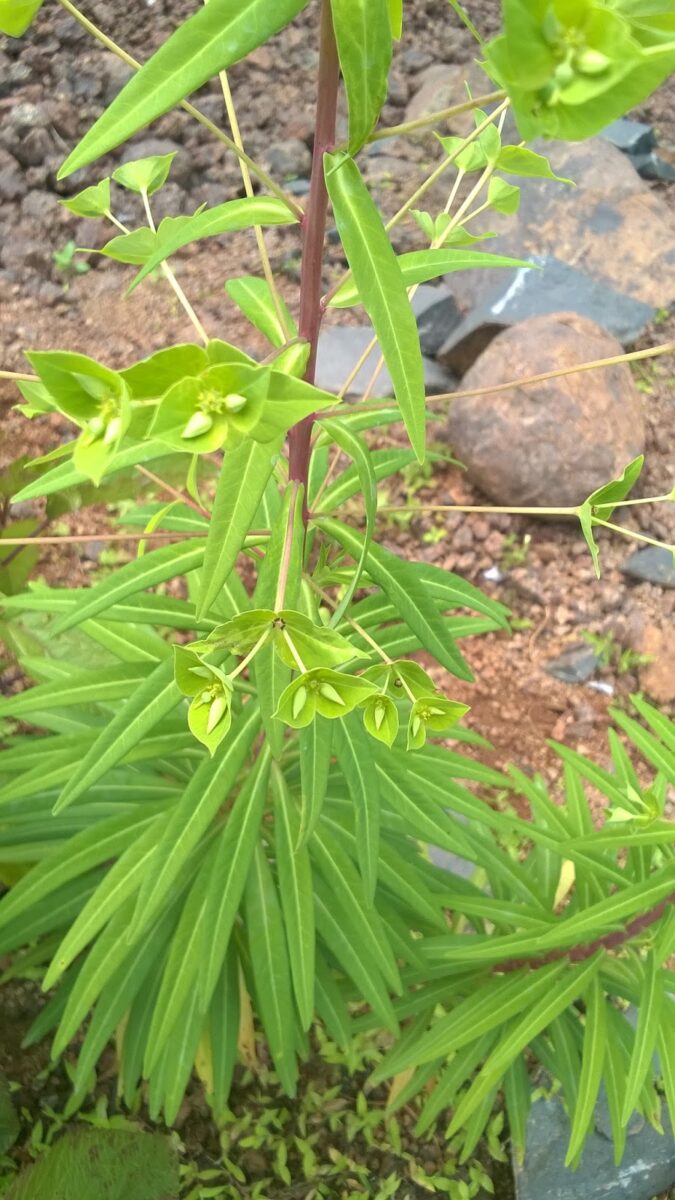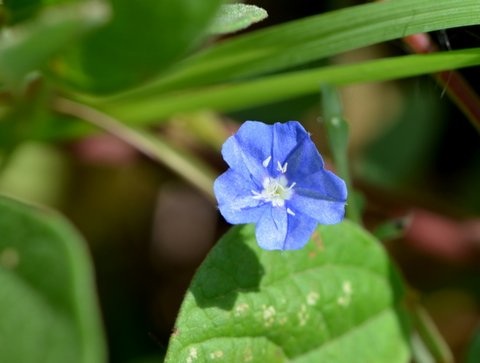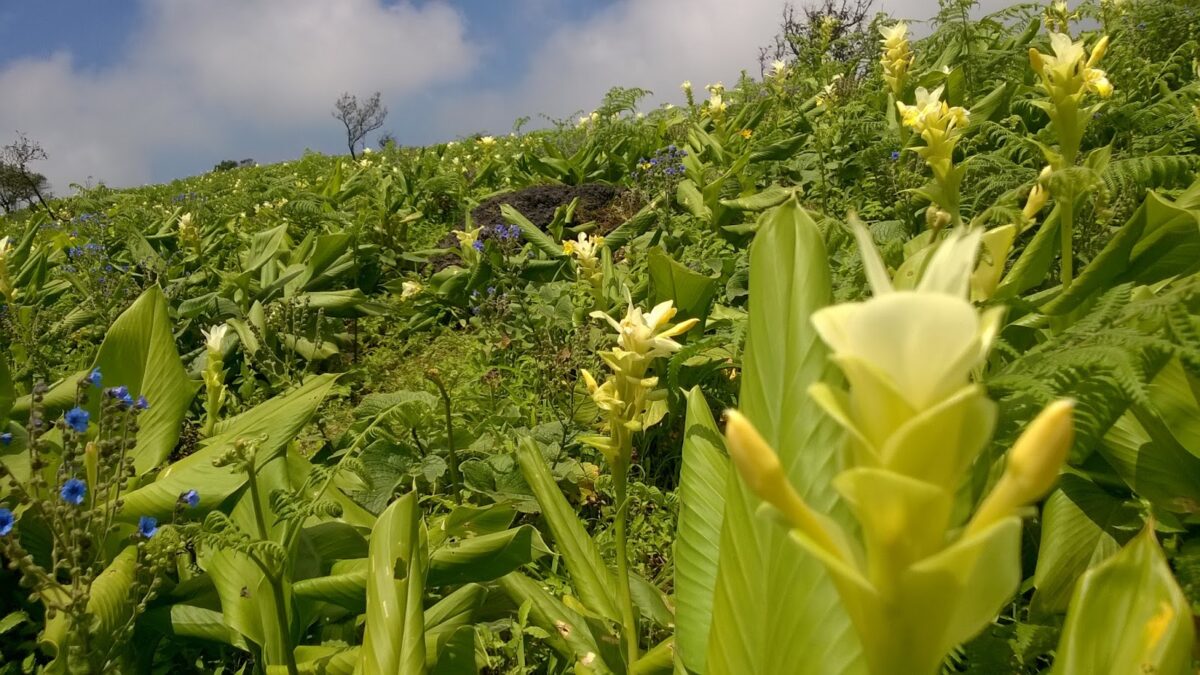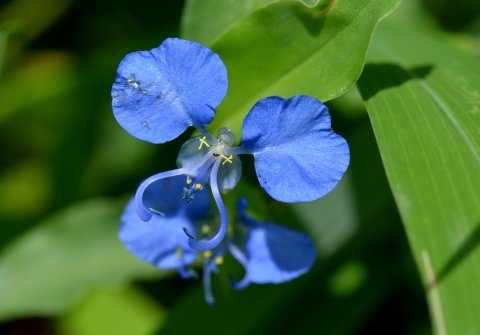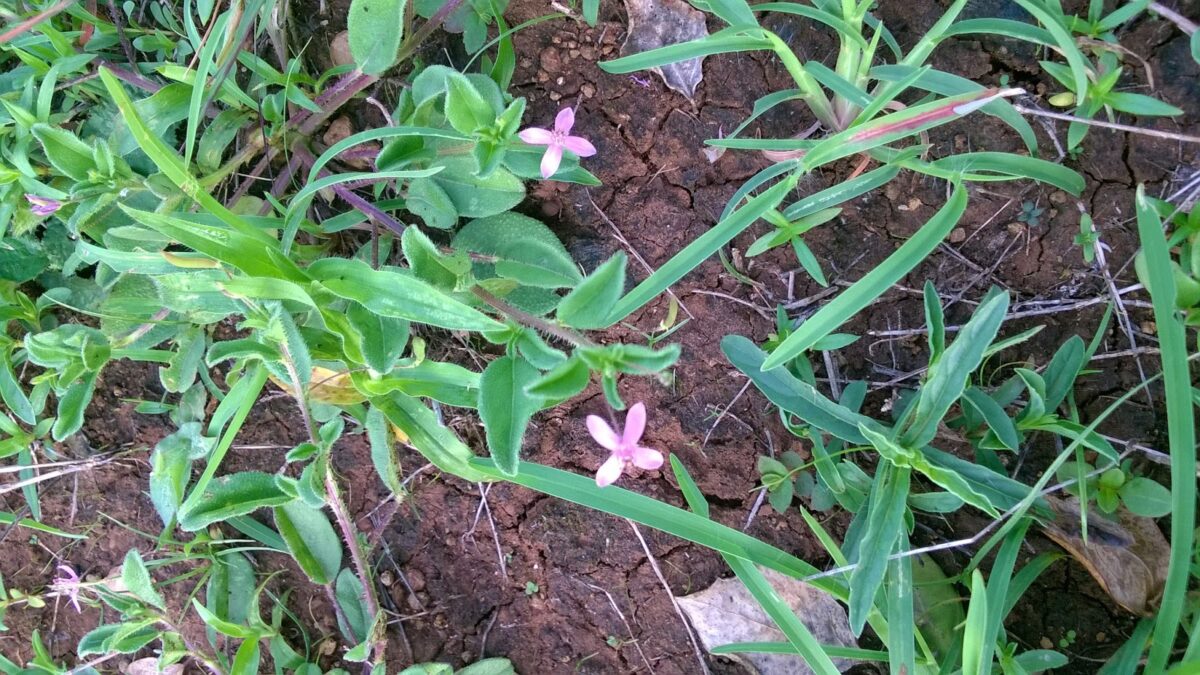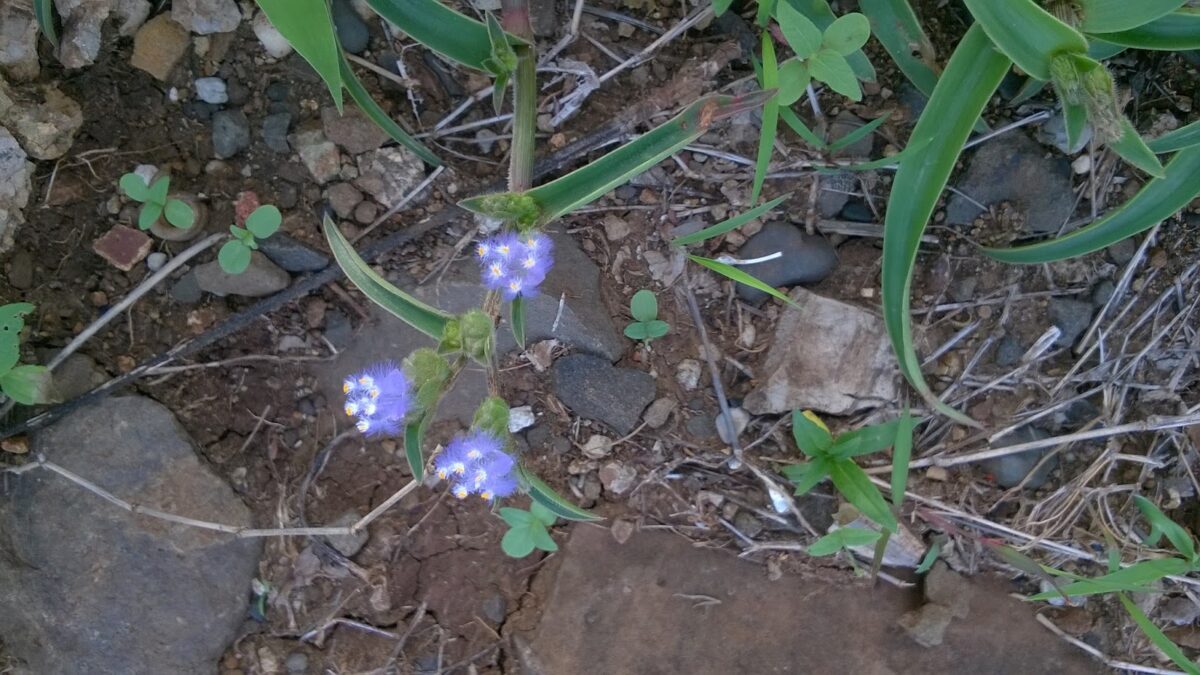I am writing about herbs in the 2016 April AtoZ blogging challenge. Most of the herbs written in this series are those I have seen or used. The first time I saw today’s herb was in a lecture of our Field Botany class. The white blossoms reminded me of carrot flowers.
Pinda concanensis has delicate white blossoms and the herb usually grows on the cliff edges in the Western Ghats. My first encounter with the Pinda was at Kaas and more recently at Raireshwar Plateau. Pinda and many other herbs grow only in their specific habitats and one has to make the journey to those parts to see the plants up close. And the journey is totally worth it! Its easy to identify the endemic herbs of the Western Ghats once they are in bloom.
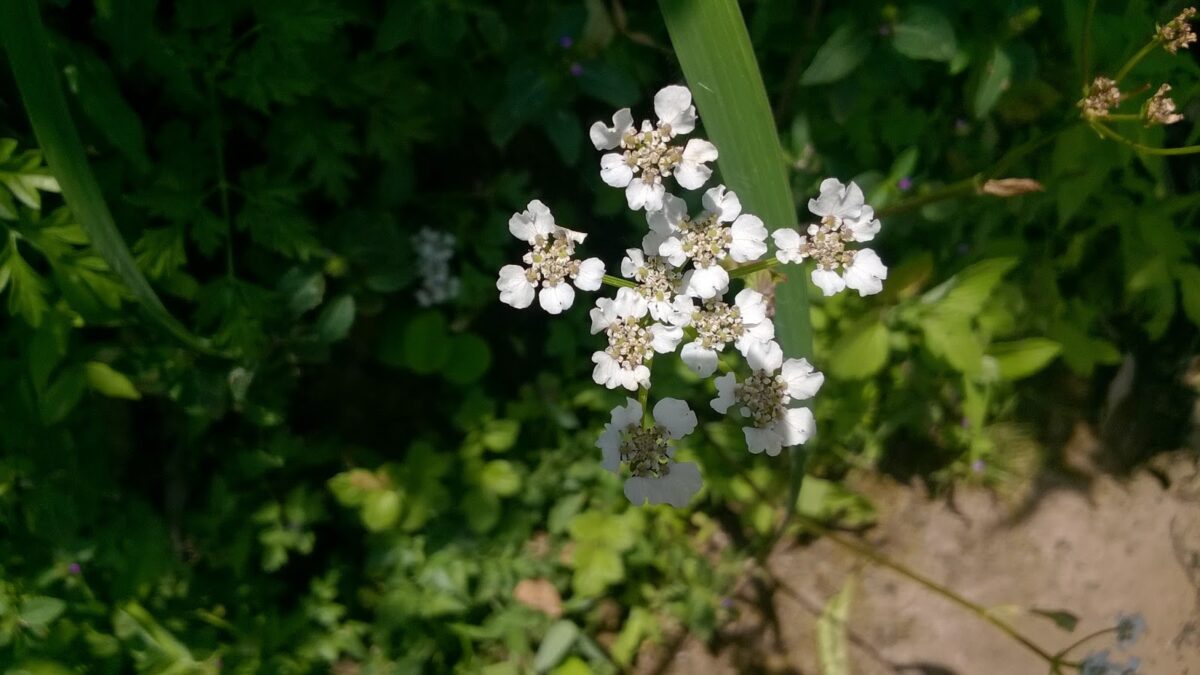
Pinda belongs to the Apiaceae family, same as carrots- which explains my initial recall of the plant.
Which of the herbs showcased till now have you seen or used?
Do let us know.
There are more lovely herbs on the rest of the journey till the alphabet Z.
Do visit again.
Till then, take care!
🙂
